What are the benefits? Why would a person bother going through all this work to have a dental implant? Why not just have a denture? We talked about some of the pitfalls of dentures but we’ll go through this in a little more detail. Number one, one of the biggest problems we have with our teeth especially when we’re young is we get cavities.
Dental Implant Composition
Implants are not made of natural substance. They are metal. They’re titanium, so they don’t decay. Doesn’t mean we should go on a chocoholic diet or throw away our toothbrushes. But it does mean that people who have had a battle throughout their lives with tooth decay and have had cavity after cavity, filling after filling, then infection, then root canal, then crown, and so on and so forth, and eventually losing the tooth after all those things. Put an implant in place and you don’t have to worry about cavities anymore—at least not on that implant.
Tooth Loss Due to Gum Disease
Often times people also lose their teeth because of gum disease and with natural teeth the bone is attached to the teeth a little bit differently. There is a socket of bone but there’s soft tissue, there’s ligaments that basically suspend that tooth in place.
Gum disease is a progression of bacteria around that little space, it causes bone to be lost and some people have a real challenge and battle with gum disease. They ended up slowly losing their teeth. Well, if those teeth are removed, the gum disease is gone because that whole soft tissue around the tooth is also gone. It doesn’t exist anymore, as a simple explanation, so you have an implant put in place and you get a brand new start. The bone is actually fused to the implant and you don’t have that same soft tissue attachment with ligaments around an implant as you do with an actual tooth. So you do get a brand new start.
People who have had gum disease can have their teeth removed, have implants in place, and that gum disease that was in that area is gone. It doesn’t mean they can’t lose bone around that implant, but it’s a different process and it has more to do with function and too much function and under-engineering of the implants than it does some of the other factors that effects gum disease.
Bridges or Dental Implants?
The other advantage of an implant is you don’t have to drill the natural teeth down. Before implants were available, one of the best ways we could replace teeth was with something that we called a bridge and a bridge involves putting a support on a tooth on this side and a support on a tooth on this side. Basically, a crown in the middle there were false teeth. So in order to get a crown on this tooth and a crown on this tooth we had to take these teeth on both sides and drill them down—if the teeth need crowns anyways well then, that’s maybe not such a bad thing. But if they’re perfectly intact teeth, we have to drill them down.
Here’s an example: I’m going to show you if I lift this off you can see how these teeth have been drilled down in order to except a bridge. This is three teeth joined together with a crown on each side and a false tooth in the middle. And this gets put over top and gets cemented into place and it’s been around since the turn of the last century. So it works very, very well. But it does mean we have to take these teeth, we have to drill them down, it makes it more difficult to floss around these teeth, makes them more prone to decay if we’re not flossing around them, and it makes them more prone to gum disease also if we’re not flossing around them. And plus if anything happens to any one of these teeth, this entire bridge fails.
If something fractures, something breaks, something gets a cavity on it, the entire bridge can fail. So bridges are excellent but my opinion implants are a better alternative in many cases.
Bridges Prone to Decay
We talked about decay and of course as you see in this slide that’s one of the major reasons for bridges to fail. In fact, crowns and bridges we get them in place studies show that 15 to 20 percent of them will fail in the first ten years, usually due to decay, gum disease, or fracture of the tooth underneath.
If we’re missing a few teeth, the teeth start to move and start to shift. If we can put an implant in place, it basically will help to stabilize those. It also helps to distribute the forces, so some teeth that might be loose or becoming loose because there’s more excessive forces on them, it can help to stabilize those teeth so that they are much stronger and tighter and they will not be pushed around and be loosened up. Our ability to chew is increased especially if we’re going from a denture to something that is permanent teeth.
We have something that holds a denture in place. If we can chew our food better of course, the digestion is better and as we get older where digestion enzymes are not as abundant or not as effective, it’s all the more important that we chew our food well.
Bite Force
Titanium is unique in that the bone will grow against it. It’s also very biocompatible, although some people have got some issues with certain metals. Nickel is one of the most common; about 5 percent of the population have a nickel allergy.
In all the years and the millions of implants that have been placed there have been no true allergies reported and generally the majority of people do very well with titanium implants.
The other thing that happens and we talked about this a little bit in one of the earlier video series is our bite force changes. The average bite force is anywhere from about 50 to two, three hundred pounds per square inch and that’s the pressure we put on our food when we bite through foods whether soft or hard. When we clench, we can clench with up to 500 to well over 1000 pounds per square inch.
But researchers have done studies on this, when we have lost all our teeth or pretty much all our teeth our bite force is decreased. Our ability to bite with a full lower denture can be as little as 20 to 25 pounds per square inch, but quite commonly, it’s down to 5 to 10 especially in the lower arch. So you can imagine if you have something like this and you’re only biting with 5 to 10 pounds per square inch and the person beside you is biting 50 to 100, two, three hundred pounds per square inch because they’ve got their natural teeth it’s going to be very difficult for you to chew your food. It’s going to take you very long to chew your food and you’re just going to basically avoid certain foods because it’s just too difficult. But what happens when we lose teeth, we lose the bone and if we have teeth, it maintains the bone.
An implant works very similar. If we have an implant in place that implant is placed within the bone and as we bite down on it, put pressure on it, it stimulates the bone, it exercises the bone so that bone volume is maintained. If the bone has already been lost, that bone will not grow back by putting implant in place. However, it will at least maintain the volume so you don’t lose any more bone from there on.
Dental Implants are Low Maintenance
In my opinion, implants are very easy to maintain. They don’t collect as much plaque or tartar as they do with natural teeth and our success rate is phenomenal today. If you remember in an earlier slide, we had about 80 percent to 90 percent success rate in the upper and lower jaw respectively.
Today we get about 98 percent up to even 99.3 percent depending which study you look at with dental implants and this is after 10 years, this is not right away. So this is after ten years and why do we have much more success rate today? Well we understand bone physiology better. We understand why the implants I should say what helps them to fuse to the surface of the implant and we understand better bone physiology and also the forces placed on the implant and how to distribute the forces over the implant so that the bone is not overloaded so that the bone is maintained over many, many years. Also, when implants were first placed we treated the upper jaw and lower jaw identical, not taking into account that the bone density and the bone quality in the upper jaw is not the same as the lower. So we can’t treat the upper the same as we do the lower and we talk about the treatment choices and options.
You’ll see our approach to teeth and implants is different if we’re talking about upper jaw versus lower jaw. If we don’t do that we’re not going to get the same success after 10, 15, 20 plus years upper and lower jaw.
Higher Success Rate with Dental Implants
The other thing is we get a much more success with implants than we do with traditional dentistry. With crowns, bridges and dentures. Root canals, how many people have ever had a root canal think that’s they’ve had a root canal once per lifetime it’s done. In fact a certain percentage 10, 15, 20 percent of root canals do get reinfected. Sometimes 5, 10, 15, or 20 years later.
Crowns, a person with a crown or a bridge they may have the crown fracture or the tooth underneath fracture or tooth get gum disease or tooth get cavity and 15 to 20 percent of crowns or bridges after 10 years have failed. They simply fail because they’ve got cavities, fracture, or gum disease and same thing we have the same issue with dentures. So we’re getting a much greater success rate with implants than we are with traditional dentistry today.
This is maybe a little bit redundant, I may have already mentioned this, but our ability to chew is improved. Our speech is improved because we don’t have all this plastic in our mouth. It’s not moving around and oftentimes it’s smaller and the teeth are placed where they need to be for not only function and aesthetics but also for speech.
How Dental Implants can Improve Eating and Temperature Sensitivity
In some cases, we have implants where the person may still have a denture but the implants are used to hold the denture in place, I’ll show you in a later video. You’ll see some clinical slides where a denture can snap in place. So this person still has a denture but now they have something that is solid. It doesn’t move around and although it’s a denture it has significant improvements compared to just a traditional denture that sits on the gums. It doesn’t move around, so they don’t get as much food or no food gets underneath which is one of the problems with traditional dentures and improves their ability and their confidence when we’re chewing and eating and so in.
In the upper jaw, if we have these dentures that are attached to implants we can have an open pallet. Traditional dentures have the pallet covered but when we have implants with a denture this goes in place and this can be quite small and the pallet is left open. So you can feel the texture and the temperature of foods that you cannot when this roof of the mouth is fully covered.
A lot of people have temperature sensitivity with their teeth, especially if the gums are receded and they think “Oh my gosh. If I get implants these are metal that’s going to transmit temperature. That’s going to be even worse.” Actually, the opposite is true. There are no nerves attached to the implant so people can have a full mouth of implants they can drink as hot or cold as they like and you do not get temperature sensitivity like we do with natural teeth.
Improved Psychological Health
I’ve mentioned this briefly if implants are placed we can now place teeth where they need to be. Also for aesthetics that’s not necessarily true of dentures. Dentures, sometimes the teeth have to be placed back and up, because they need stability and function more so than aesthetics and phonetics. We can restore vertical dimension if it’s been lost and we can also provide some soft tissue support.
If you watched some of the earlier videos, you saw what happens when we lose our teeth and the whole face starts to cave in. This changes our ability to chew and function and also has implications on how we feel. Improves our self-esteem and it makes us often times look younger because we’ve got better facial support. One study by Dr. Carl Misch showed that patients that came in with dentures to begin with left with implants had this to say about their implants.
And if you take a look at the comment at the bottom there, 80% of the patients treated with implants said that their overall psychological health was improved. In other words, they felt more confident. Their self-esteem was improved because they felt like they were whole again. They had something that was solid there had some good teeth they could chew with and be confident.
Stress-Free Procedure
The surgical benefits I’ll just summarize: Number one, we can have immediate implants today. So we can have a tooth removed and an implant put in right away. There’s minimal post-op discomfort. People are really surprised. They think “Oh my gosh. I’ve had root canals, I’ve had gum surgery, I’ve had wisdom teeth, all those were terribly painful” and I would say that a lot of those on a scale of one to ten would be typically anywhere from a five, six, or seven. In some cases, a bad infection can be as much as a ten out of ten as far as pain.
When we’re doing implants, if we follow certain protocol, people will have minimal discomfort, typically, a two or three, maybe a four out of ten. In fact, I’ve had people come in to the office, we’ve placed implants, they’ve literally gone back to work that same day. Most often I tell people I say you know what take a day just take a day just rest but they can go back to work the next day. Every procedure is a bit different.
Placing one implant is quite different than placing twenty in one sitting and placing implants is different than bone grafting, plus there’s differences from each individual, but overall I would say our surgical procedures with implant dentistry are well tolerated. We always give pain relievers. Typically, a Tylenol 3 or some type of equivalent, but often times people say “You know what, I didn’t even use the prescription, I just took regular Tylenol.”
Health, Confidence, and Smile
Most procedures are done in less than an hour and a half. Treatment that used to take sometimes many months, six months, a year or two years or more often times can be done in less than four months. We can do sedation. A lot of time people are nervous at the best of times coming in to have a dental appointment and as soon as you mention surgery and as soon as you mention implants, their anxiety level goes up even higher. While often times with sedation a person comes in, goes to sleep, wakes up, it’s all done and it’s all over, and they have no recollection of what’s been done. I mentioned immediate teeth a couple times.
Yes, we can take a tooth out put a implant in place and put a tooth on that right away. We just have to be able to control the forces and pressures that are being put on it. And almost all of our procedures are done as an outpatient. In other words, you come into the dental office; you don’t have to go to the hospital. Just come in into the dental office. We can do it with local freezing. We can do it with or without sedation. Basically, you can go home that same day. And so if I can summarize all the benefits that you would receive with dental implants I can summarize it in three words: health, confidence, and smile.
Your overall improved health, dental health, improved confidence and self-confidence, your ability to chew and eat and go out in public and eat whatever it is that you like, and also your improved smile.
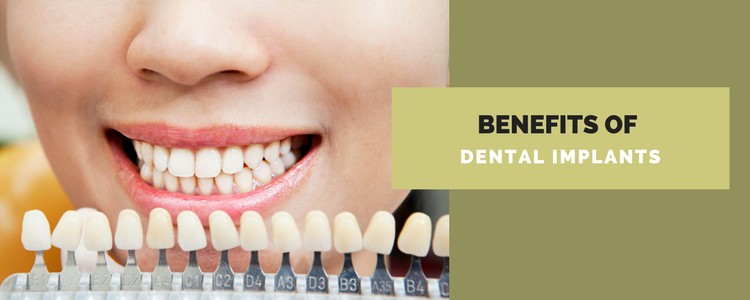
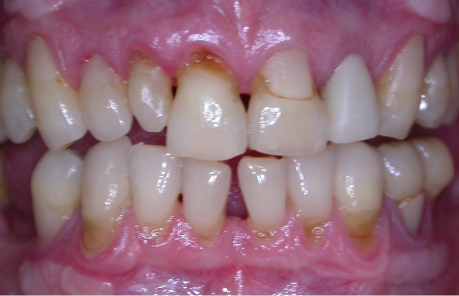
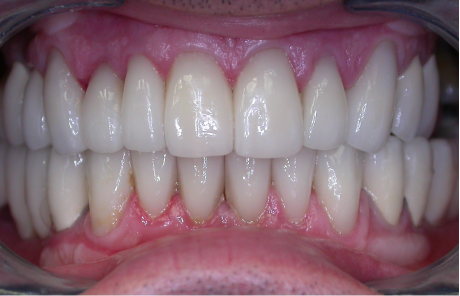
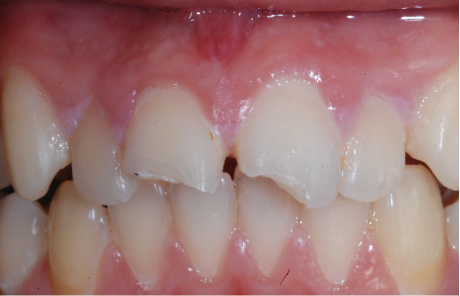
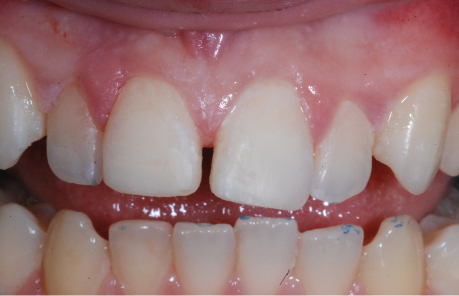
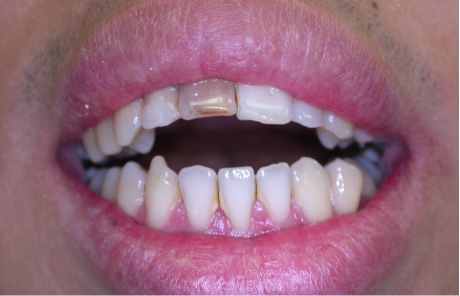
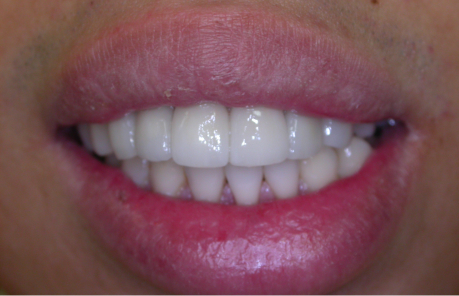
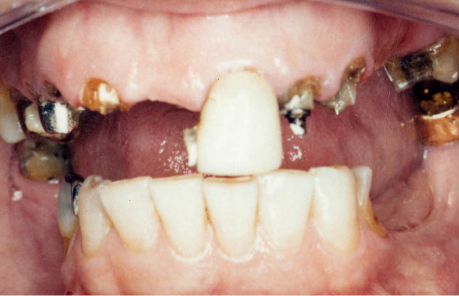
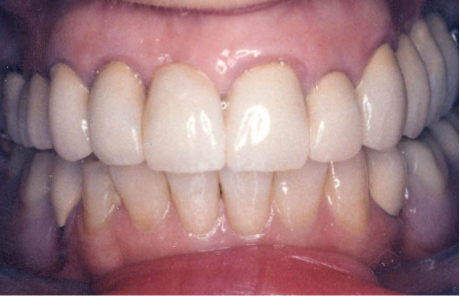
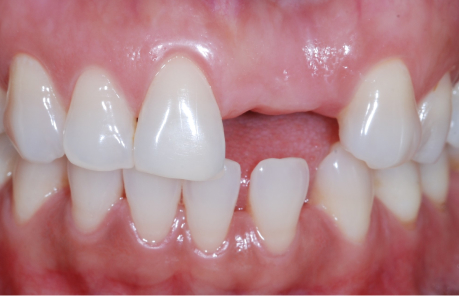
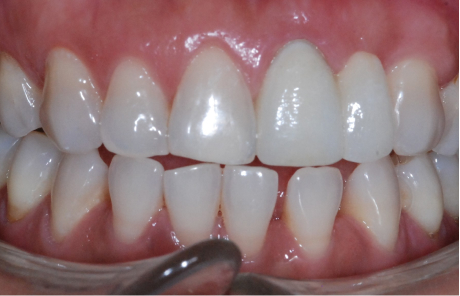

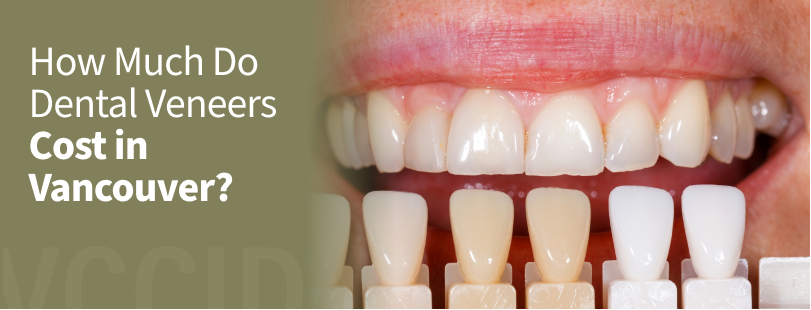
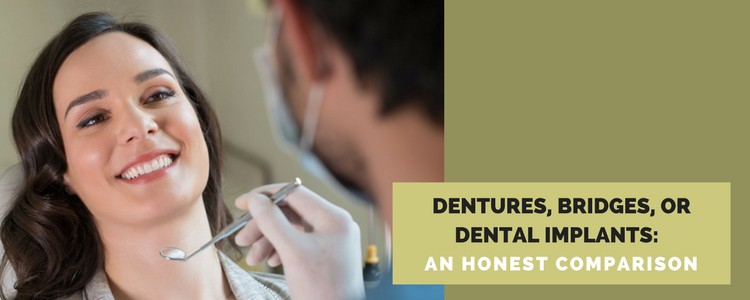



1 thought on “The Benefits of Dental Implants”
That is really cool that dental implants for a full mouth restoration can take less than four months. That is something I would want to have if I needed my mouth to be restored. It would be good to have my whole mouth restored with dental implants.